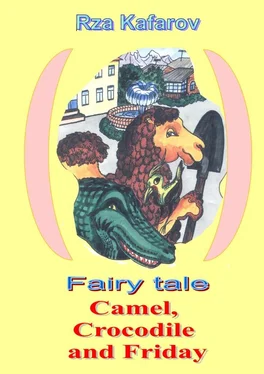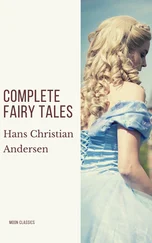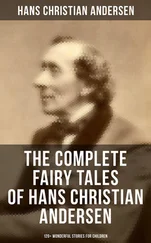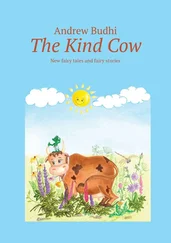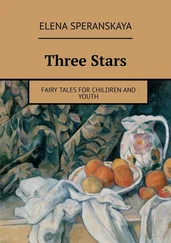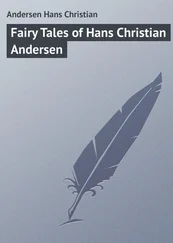At the height of the ripening season of vegetables and fruits, the plant did not have admit to receive the delivered fruits, and then a long, slowly moving line of loaded cars lined up in front of the factory gates. At the same time, some of the fruits were already beginning to deteriorate, and under some trucks on the ground pools of fruit and vegetable juices were formed.
Trucks drivers spent hours in their cabins or on the side of the road; the convoy of trucks moved forward only an few tens of meters in an hour. Finally, a loaded truck drove into the gates of the plant, and then unloading began.
Hefty movers picked up the filled boxes and carried them to a large reception funnel, where they were poured out. And trucks – dump trucks themselves drove the body to the receiving funnel, raised the front of the body and poured its contents into the funnel.
From the receiving funnel, the fruit fell on the conveyor (conveyor), which brought the fruit into the washing chamber. Here, streams of water flowed from above and the fruits were washed clean. Then they again fell on the conveyor, which brought them to the sorting shop. On both sides of the conveyor there were women – sorters who took away the spoiled fruit, throwing them into special vats, and suitable fruits moved further on the transporter, getting into the capper closing workshop. Here, women – corkers sealings filled the jars with the fruits, after which the syrup was poured into the jars and covered them with lids.
Jars and lids before this, in another workshop, were rejected and cleaned. The jars filled with fruits and syrup were corked with a special machine and entered via the conveyor into the brewhouse. Here, jars with fruits were loaded into cooking pots (digester; boiler), where canned food was cooked using the heat of water vapor. Cooking time for each type of fruit was different. The syrup poured into jars was also notable. For fruit, it was a solution of sugar in water (sweet water), and for vegetables it was a solution of salt in water (salt water). Various foods, called spices, were also added to the canned food. They gave canned food a special taste or smell.
After cooking, the jars cooled and entered the warehouse, from where they were taken away by cars and trains to different cities.
In other cases, Camel went to small workshops, which were especially numerous near the bazaar. There were workshops where painted wooden chests were made, bound with iron bands. In such chests, Achmas brides saved and kept their dowry, and with this chest bride came to their husband’s house. There were workshops where various metal utensils were made, hats were sewn, threads and fabrics were painted.
In all workshops Camel was greeted as a welcome guest. After visiting the next workshop, Camel went to the bazaar (market), chose and ate what he wanted, and the sellers vying with each other offered their fruits to Camel.
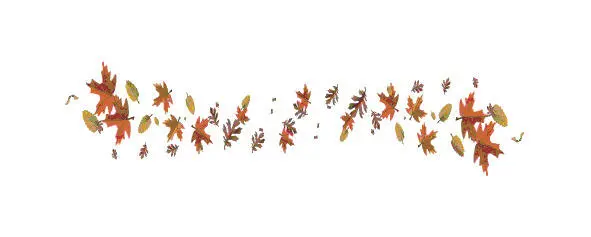
CHAPTER 5
Over time, the interest of the inhabitants of Achmas to Camel decreased significantly. Although from time to time residents and turned to Camel for advice
Camels barn nearby gathered in a handful to chat only with avid idlers, and the rest of the residents preferred to spend their free time, as before sitting on the benches outside their houses.
When Camel came to the bazaar (market), he was no longer welcomed with greetings, no one came up to Camel to inquire about his mood and health, no one offered Camel tasty fruits. Camel himself came to the shelves and chose the fruits he liked, he took them home.
Talkings about how to build a new, more comfortable and more beautiful home for Camel, instead of the barn in which he was placed right after his arrival, also somehow stopped by themselves.
Achmas people got used to Camel and stopped asking him about this and that. Then one day, when, at the bazaar, Camel began to choose pears he liked from one of the vendors, the Seller rather rudely told Camel that he should take the fruits from someone else today, as he took the pears from this Seller yesterday and that the Seller was tired of giving such wonderful fruits for nothing (gratis), (and Camel did not pay anything for anything), and he (the Seller) would like to earn something for his family.
These words are very offended Camel , he threw the selected fruits back to the counter and left the market. Many other sellers have heard this conversation, and seemed silently approving of it. Camel returned home (he lost his appetite for such an event and did not want to eat), sat down and began to reflect on the situation.
It seemed to him that everyone began to treat him indifferently or even with hostility and that there was no point in such conditions to remain in Achmas. He decided to go back to the capital tomorrow and return to his native zoo. He left a note for the Mayor of the city in the barn explaining the reasons for his departure and left for the capital in the morning bus. He also left a farewell note for his friend Rustam-muallim.
Конец ознакомительного фрагмента.
Текст предоставлен ООО «ЛитРес».
Прочитайте эту книгу целиком, на ЛитРес.
Безопасно оплатить книгу можно банковской картой Visa, MasterCard, Maestro, со счета мобильного телефона, с платежного терминала, в салоне МТС или Связной, через PayPal, WebMoney, Яндекс.Деньги, QIWI Кошелек, бонусными картами или другим удобным Вам способом.
